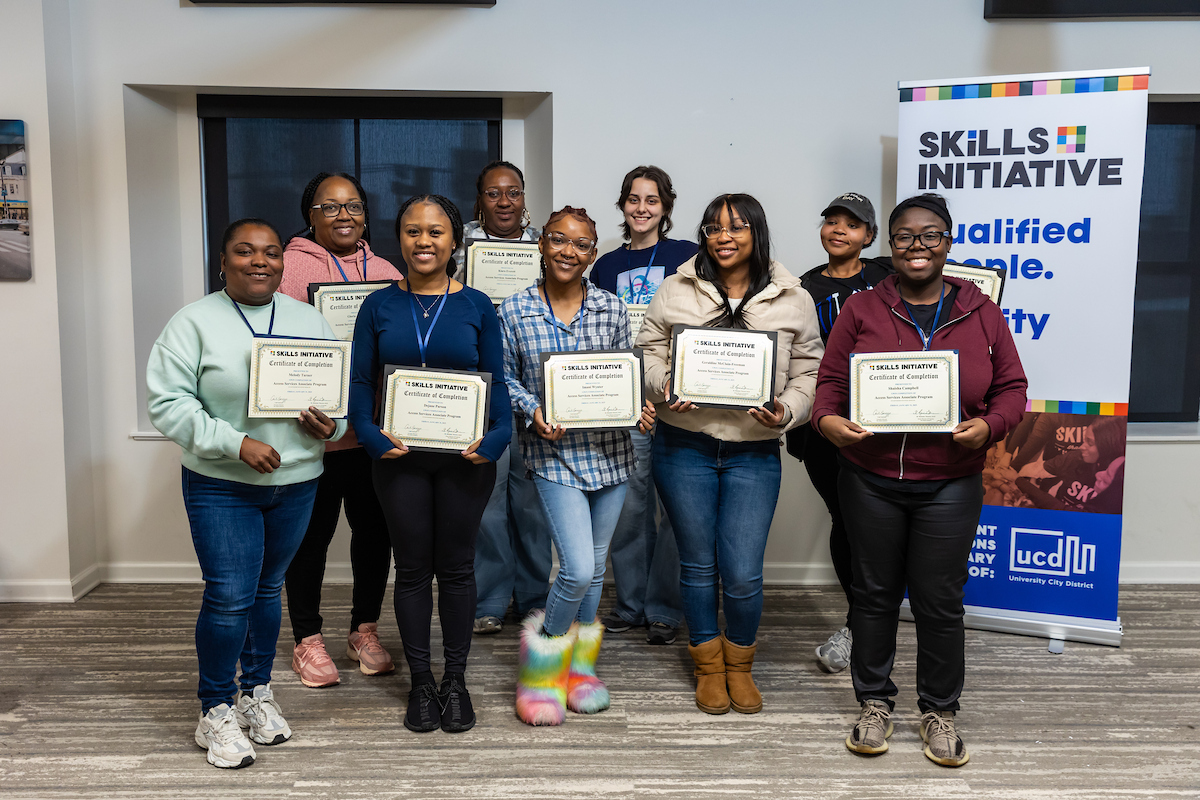The New York Times
By Binyamin Appelbaum
The Fed entered the year predicting quarterly rate increases, only to back away from a first increase in March when the economy showed unexpected signs of weakness. Fed officials in recent weeks insisted they were thinking about raising rates in June. Now it seems that too has passed.
Ms. Yellen did not offer a new plan, and that was intentional.
“I know market participants really want to know exactly what’s going to happen,” she said at one point. “There is, as I said about 18 times, no preset plan.”
She devoted much of her speech to the economic uncertainties confronting the Fed. Among them, she numbered the inconsistency of recent economic data and Britain’s coming referendum on whether to remain in the European Union. She said a breakup would be economically disruptive.
“The uncertainties are sizable, and progress toward our goals and, by implication, the appropriate stance of monetary policy will depend on how these uncertainties evolve,” she said.
But reasons for optimism were also on display Monday.
After her speech, Ms. Yellen met with workers at a job-training program in West Philadelphia. During her first year as Fed chairwoman, round tables with workers in Chicago and Chelsea, Mass., brought together many attendees who were struggling to find jobs. The tone of Monday’s round table was notably more upbeat — the seven people who met with Ms. Yellen all had jobs or, if they were in training programs, were optimistic about finding steady work.
Mark Gay spent nearly two years looking for full-time work before he found a job with a landscaping business run by the University City District, the nonprofit group that hosted the meeting. Asked whether life was improving for people in his West Philadelphia neighborhood, he paused before answering.
“I would have to agree,” he said. “Yes, a lot of people in my community have gained employment since 2012.”
Sarah Davis, director of development for University City District, says its jobs-training program has about 110 graduates a year. She said the percentage of those finding jobs has climbed steadily over the last five years to about 95 percent, and demand from potential employers now exceeds the supply of workers the program can offer. “We’re getting daily calls from potential employer partners,” Ms. Davis said.
Yet Ms. Yellen noted in her speech that unemployment remained widespread among minorities and lesser-educated people. There were also signs the labor market is no longer healing as quickly. The economy has added 125,000 jobs per month this year, compared with a monthly average of 229,000 last year.
